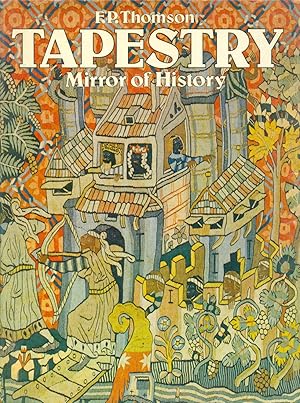david charles plc newton abbot uk (2 resultados)
Tipo de artículo
- Todos los tipos de productos
- Libros (2)
- Revistas y publicaciones
- Cómics
- Partituras
- Arte, grabados y pósters
- Fotografías
- Mapas
- Manuscritos y coleccionismo de papel
Condición
Encuadernación
- Todas
- Tapa dura (2)
- Tapa blanda
Más atributos
- Primera edición
- Firmado
- Sobrecubierta (2)
- Con imágenes (2)
- No impresión bajo demanda (2)
Gastos de envío gratis
- Gastos de Envío Gratis a EEUU
Ubicación del vendedor
Valoración de los vendedores
-
Four Great Railways
Publicado por David & Charles PLC, Newton Abbot, UK, 1980
ISBN 10: 0715378422ISBN 13: 9780715378427
Librería: CHARLES BOSSOM, Ely, CAMBS, Reino Unido
Libro
Hard Cover. Condición: Very Good. Estado de la sobrecubierta: Very Good. Dust jacket complete, unclipped. Original cloth boards with bright gilt titling on spine. Bumped. No ownership marks. Diagram, photographs on plates.223 pages clean and tight. The four great railways of the between the wars period, the LMS, LNER, GWR and SR, have been the subjects of numerous books in past years, mostly written in the form of company histories and dealing primarily with mechanical engineering and train performance. This book fills a gap between these previously published works and the more erudite studies of transport economists, with a fresh appraisal of the railways as a whole, and how each company tackled the problems, both of its own making and those forced on it by outside influences. The author served the former LNER and subsequently held high office in various parts of the British Rail network concerned with modernisation, planning, training and education, retiring as director of the Channel Tunnel scheme. He is thus eminently qualified to write about the four great railways from the inside. The book discusses the need for the 1923 grouping and how it came about; there are character sketches of each of the four main line companies, and chapters dealing with mechanical engineering, train services, civil engineering, road competition, the railwaymen themselves, and the many other facets, including shipping and hotels, allied to each company. But this is much more than a mere historical record, for the author examines closely many of the policy decisions of the twenties and thirties and discusses why some brought benefits while others went disastrously wrong. This is a valuable new study of the heyday of the traditional steam railway in Britain, concluding with the run-up to nationalisation in which the author was personally involved. Size: 8vo 21.8 x 14.5 x 3 Cm.
-
Tapestry : Mirror of History
Publicado por David & Charles PLC, Newton Abbot, Devon, UK, 1980
ISBN 10: 0715376861ISBN 13: 9780715376867
Librería: CHARLES BOSSOM, Ely, CAMBS, Reino Unido
Libro
Hard Cover. Condición: Very Good. Estado de la sobrecubierta: Very Good. Numerous Colour & b/w Illustrations Ilustrador. Dust jacket complete, unclipped. Brown cloth with bright gilt titling on spine. No ownership inscription. 114 pages clean and tight. For more than two thousand years the `elegant art' of tapestry has been regarded as the noblest form of decor. Countless designers and craftsmen have worked to produce superb and colourful wall-hangings, tonlbcovers, altar and table cloths, and castle or palace decorations; and, in more recent times, motifs to grace the interiors of -twentieth-century buildings. The latter in particular have helped to change tapestry from being the hobby of kings and emperors - who often used the gift of elaborate tapestry as a bribe - to being an art form of the people, with many new looms being set up in homes and schools. This is a history of tapestry and 'tapestry making from its emergence in prehistory as a separate artistic form, to the present, when it is undergoing dramatic changes in style. F P Thomson - who has been closely associated with the production and design of tapestry for more than fifty years - believes that it cannot be studied and appreciated in isolation from other contemporary or historic textile design and weaving techniques, and that the richness of tapestry owes much to the ideas and methods generated in carpet, rug and general textile workshops. The book discusses the development of tapestry design against the world of textiles from which it emerged as the most notable art form. It will appeal to connoisseurs of antiquities and art; artists, designers and decorators; textile specialists and the general public - many of whom seek leisure-time fulfilment in artistic self-expression and find rich contentment in this elegant art. Size: 4to.



